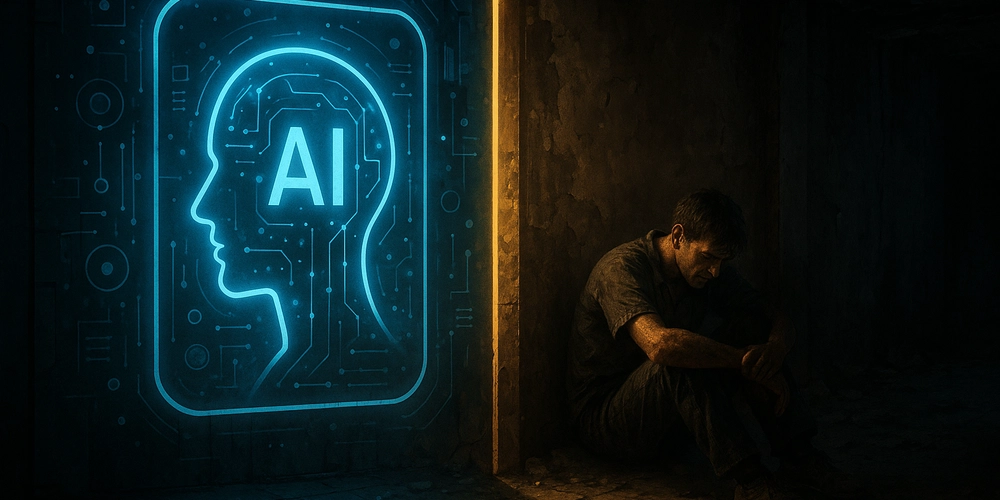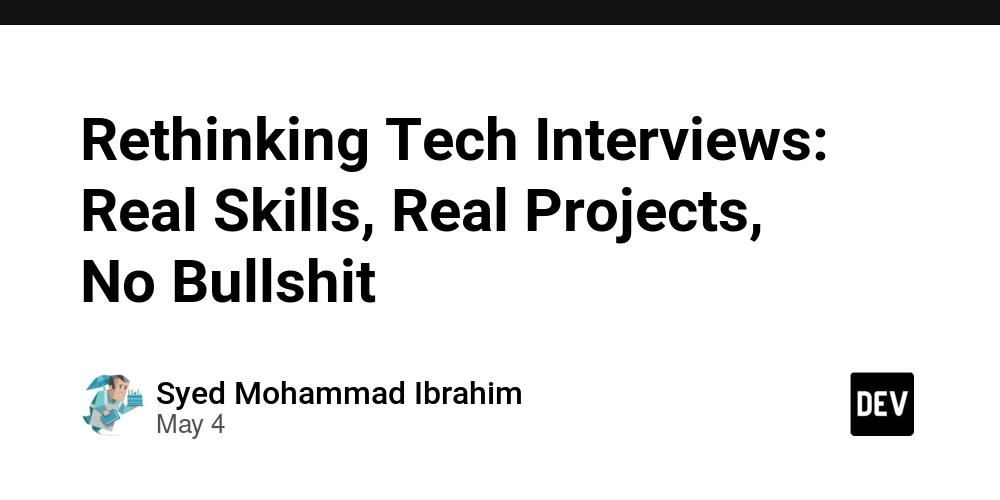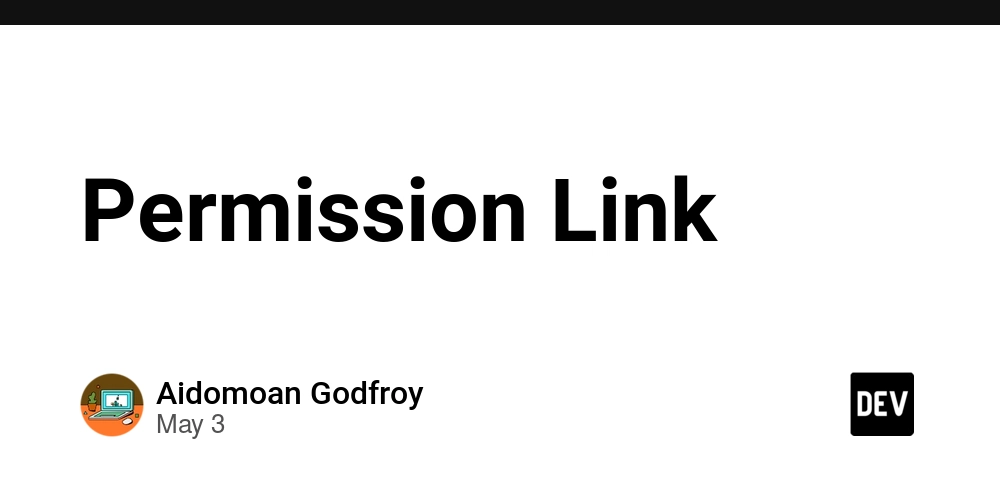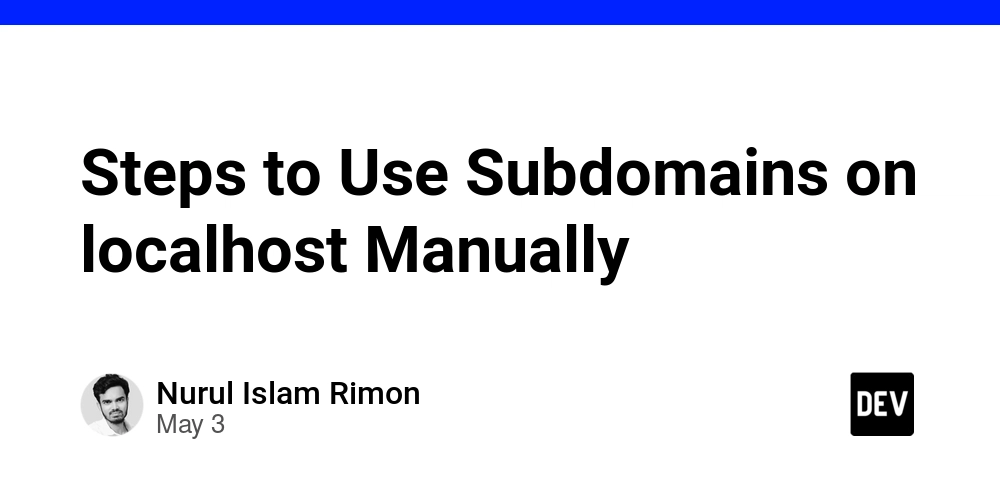AI Doesn’t Suffer — But It Shapes the World of Those Who Do
Artificial Intelligence has advanced faster in the past five years than most technologies do in decades. It amazes us. It challenges us. Sometimes, it scares us. But somewhere in the middle of all that excitement, we’ve forgotten to ask a basic question: What are we really using AI for? And more importantly: Who is being left behind? Not Everything Needs to Be Efficient. Some Things Need to Be Human. AI now generates code, images, text, automation, and predictions. But if we're honest, most of it is built to optimize what already exists — marketing pipelines, e-commerce, productivity tools, customer service. Meanwhile, the world is hurting. And no one is building for the ones who live in that hurt. Where are the tools for the mother working two jobs with no support system? For the kid with no access to education or even stable internet? For the person too emotionally exhausted to even ask for help? AI Has No Body — But Its Decisions Affect People Who Do An algorithm deciding who gets a loan, who receives government aid, who gets flagged as a risk — it’s not dealing with abstract numbers. It’s shaping real lives. And often, it’s trained on biased, incomplete, or unjust data. If we don’t center people in pain, we’ll keep building systems that automate indifference. What If We Designed With Pain in Mind? Not theoretical pain. Not edge-case personas. But real-world, lived human pain. We often code from clean desks, inside tech bubbles, with coffee in hand and AC running. But the products we build travel far beyond those walls. If our AI doesn’t see real pain, it will only solve comfortable problems. So, What Could We Do Differently? Design systems not just to scale, but to listen. Involve those who live the problem — not just those writing the code. Consider that many users may not have the time, energy, or mental health to interact with complex UIs. Avoid hype and build with intentional empathy. AI doesn’t need therapy. But we do. And what this world needs is not just smarter models — but more conscious developers. So… what are you building for?

Artificial Intelligence has advanced faster in the past five years than most technologies do in decades. It amazes us. It challenges us. Sometimes, it scares us.
But somewhere in the middle of all that excitement, we’ve forgotten to ask a basic question:
What are we really using AI for?
And more importantly: Who is being left behind?
Not Everything Needs to Be Efficient. Some Things Need to Be Human.
AI now generates code, images, text, automation, and predictions. But if we're honest, most of it is built to optimize what already exists — marketing pipelines, e-commerce, productivity tools, customer service.
Meanwhile, the world is hurting.
And no one is building for the ones who live in that hurt.
- Where are the tools for the mother working two jobs with no support system?
- For the kid with no access to education or even stable internet?
- For the person too emotionally exhausted to even ask for help?
AI Has No Body — But Its Decisions Affect People Who Do
An algorithm deciding who gets a loan, who receives government aid, who gets flagged as a risk — it’s not dealing with abstract numbers. It’s shaping real lives.
And often, it’s trained on biased, incomplete, or unjust data.
If we don’t center people in pain, we’ll keep building systems that automate indifference.
What If We Designed With Pain in Mind?
- Not theoretical pain.
- Not edge-case personas.
- But real-world, lived human pain.
We often code from clean desks, inside tech bubbles, with coffee in hand and AC running. But the products we build travel far beyond those walls.
If our AI doesn’t see real pain, it will only solve comfortable problems.
So, What Could We Do Differently?
- Design systems not just to scale, but to listen.
- Involve those who live the problem — not just those writing the code.
- Consider that many users may not have the time, energy, or mental health to interact with complex UIs.
- Avoid hype and build with intentional empathy.
AI doesn’t need therapy.
But we do.
And what this world needs is not just smarter models — but more conscious developers.
So… what are you building for?





































































































































































![[The AI Show Episode 145]: OpenAI Releases o3 and o4-mini, AI Is Causing “Quiet Layoffs,” Executive Order on Youth AI Education & GPT-4o’s Controversial Update](https://www.marketingaiinstitute.com/hubfs/ep%20145%20cover.png)




























































































































![[DEALS] Microsoft 365: 1-Year Subscription (Family/Up to 6 Users) (23% off) & Other Deals Up To 98% Off – Offers End Soon!](https://www.javacodegeeks.com/wp-content/uploads/2012/12/jcg-logo.jpg)




![From Art School Drop-out to Microsoft Engineer with Shashi Lo [Podcast #170]](https://cdn.hashnode.com/res/hashnode/image/upload/v1746203291209/439bf16b-c820-4fe8-b69e-94d80533b2df.png?#)




















![Re-designing a Git/development workflow with best practices [closed]](https://i.postimg.cc/tRvBYcrt/branching-example.jpg)




















































































(1).jpg?#)






























_Inge_Johnsson-Alamy.jpg?width=1280&auto=webp&quality=80&disable=upscale#)































































































![The Material 3 Expressive redesign of Google Clock leaks out [Gallery]](https://i0.wp.com/9to5google.com/wp-content/uploads/sites/4/2024/03/Google-Clock-v2.jpg?resize=1200%2C628&quality=82&strip=all&ssl=1)
![What Google Messages features are rolling out [May 2025]](https://i0.wp.com/9to5google.com/wp-content/uploads/sites/4/2023/12/google-messages-name-cover.png?resize=1200%2C628&quality=82&strip=all&ssl=1)













![New Apple iPad mini 7 On Sale for $399! [Lowest Price Ever]](https://www.iclarified.com/images/news/96096/96096/96096-640.jpg)
![Apple to Split iPhone Launches Across Fall and Spring in Major Shakeup [Report]](https://www.iclarified.com/images/news/97211/97211/97211-640.jpg)
![Apple to Move Camera to Top Left, Hide Face ID Under Display in iPhone 18 Pro Redesign [Report]](https://www.iclarified.com/images/news/97212/97212/97212-640.jpg)
![Apple Developing Battery Case for iPhone 17 Air Amid Battery Life Concerns [Report]](https://www.iclarified.com/images/news/97208/97208/97208-640.jpg)


































































































